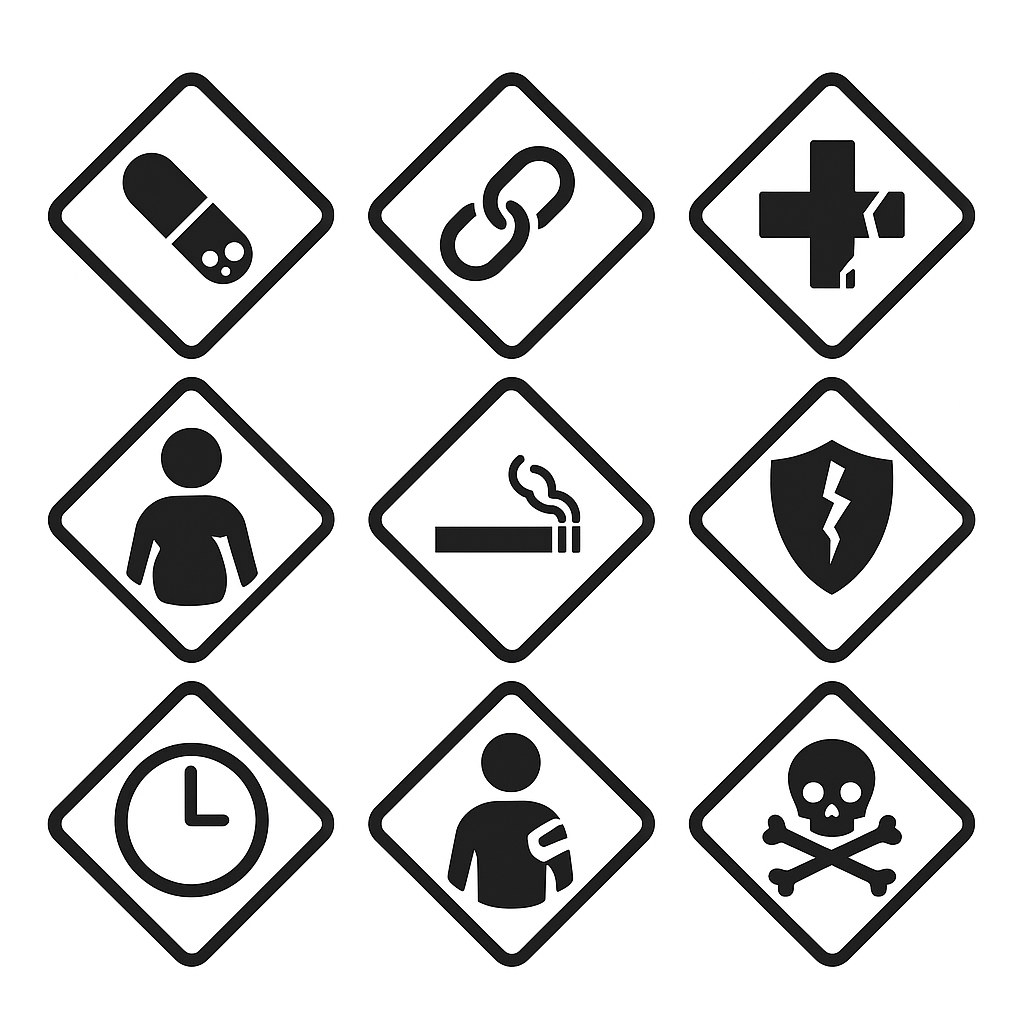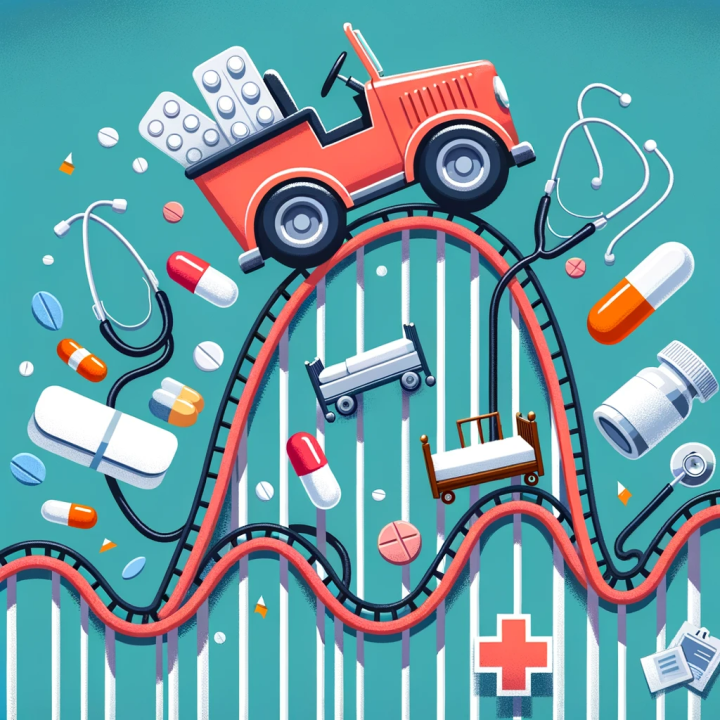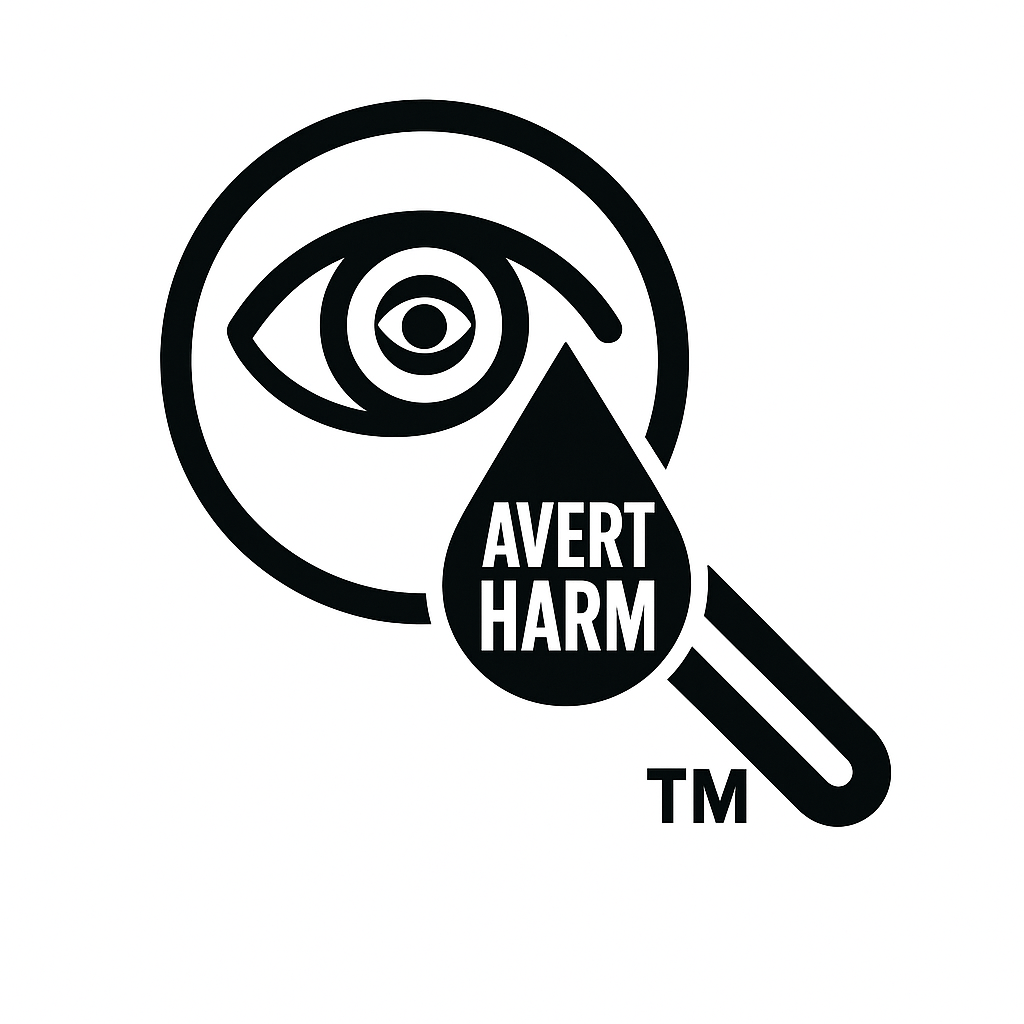
From Impact to Action
When impacts are recognized, the next responsibility is an effective response. Left unchecked, impacts evolve into injury, illness, or crisis. These are predictable—not random—outcomes of risks that have compounded over time. A crisis is often the clearest signal, but waiting until crisis occurs means opportunities for prevention have already been missed.
An effective response acknowledges that every stage of the harm pathway offers decision points. These are the forks in the road where timely action can stabilize the situation and redirect it toward recovery.
The Fork in the Road: Compensation or Recovery
One such fork is the choice between compensation and recovery. Compensation occurs when individuals or systems adjust just enough to keep functioning, often masking deeper problems. A person may appear stable because they are “pushing through” distress, or a health system may seem functional because staff are overextending themselves. Compensation buys time but consumes reserves.
Recovery, by contrast, is a more sustainable path. It involves rest, support, and realignment. Recovery requires intentional effort—whether that means building coping skills, addressing systemic gaps, or providing additional resources. Effective response depends on recognizing whether a system is merely compensating or truly recovering.
Stabilize, Exit, and Transfer
A structured response involves three stages:
-
Stabilize – Create immediate safety, reduce harm, and control the situation enough to prevent escalation.
-
Exit – Provide a pathway for individuals or systems to leave harmful cycles and restore balance.
-
Transfer – When needs exceed capacity, transfer to a higher or more specialized level of support. This ensures continuity and prevents gaps that can lead to relapse or worsening harm.
These actions are not linear but cyclical. Vigilance ensures that at every stage—stabilization, exit, or transfer—the appropriate supports are in place, and no step is overlooked.
Why Response Matters
Effective response is about timing and direction. Without response, stress moves inexorably toward harm. With timely, coordinated action, the pathway can bend back toward safety, recovery, and resilience. For A.V.E.R.T. Harm, response is not treatment—it is structured recognition, decision-making, and referral that reduce preventable harm across clinical, public health, and community settings.
A.V.E.R.T. Harm’s Role: We build evidence-informed response models—like our A.B.C.D.E.™ and R.E.A.D.Y.™ tools—that guide professionals and lay responders alike in making clear, structured choices at critical junctures. Our certification programs train participants to stabilize, direct, and transfer appropriately, while emphasizing leadership accountability in each role. By teaching systematic response, A.V.E.R.T. Harm ensures that preventable harms are intercepted early and that individuals and systems move toward recovery rather than unchecked decline.






